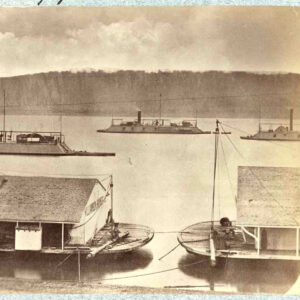 U.S. Gunboats
U.S. Gunboats
Entry Category: Ships and Vessels - Starting with U
 U.S. Gunboats
U.S. Gunboats
 USAT General Brehon B. Somervell
USAT General Brehon B. Somervell
USAV Gen. Brehon B. Somervell (LSV3)
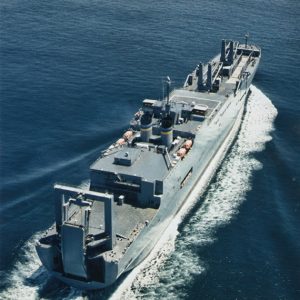 USNS Gilliland
USNS Gilliland
 USNS Private William H. Thomas
USNS Private William H. Thomas
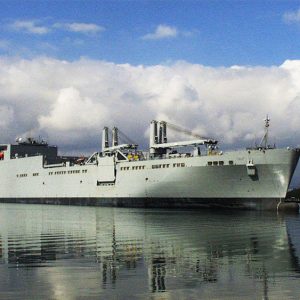 USNS Sisler
USNS Sisler
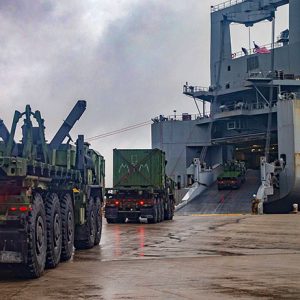 USNS Watkins
USNS Watkins
USNS Gilliland (T-AKR-298)
USNS Private William H. Thomas (T-AP-185)
aka: SS Alcoa Cruiser
aka: USS Rixey (AHP-3)
USNS Sisler (T-AKR 311)
USNS Watkins (T-AKR-315)
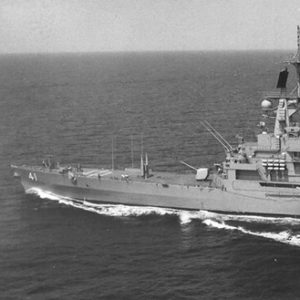 USS Arkansas
USS Arkansas
 USS Baron DeKalb
USS Baron DeKalb
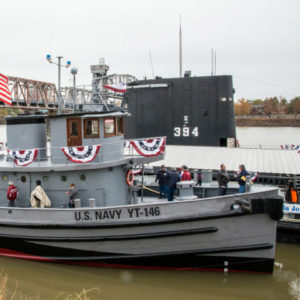 USS Hoga (YT-146)
USS Hoga (YT-146)
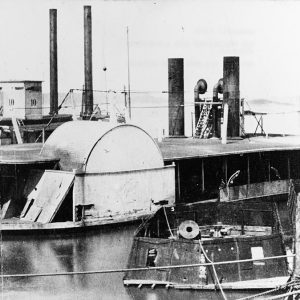 USS Linden
USS Linden
 USS Linden
USS Linden
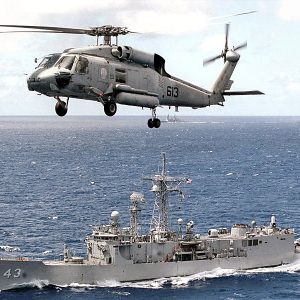 USS Thach
USS Thach
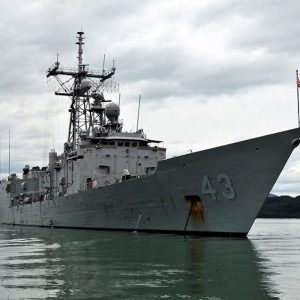 USS Thach
USS Thach
 USS Admiral E. W. Eberle
USS Admiral E. W. Eberle
USS Admiral E. W. Eberle (AP-123)
aka: USNS General Simon B. Buckner
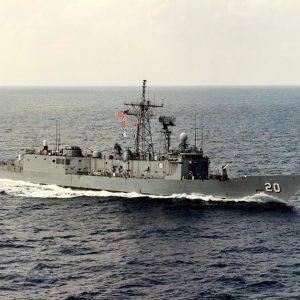 USS Antrim
USS Antrim
USS Antrim (FFG-20)
USS Arkansas (BB-33)
 USS Arkansas (BB-33) at Panama Canal
USS Arkansas (BB-33) at Panama Canal
USS Arkansas (CGN-41)
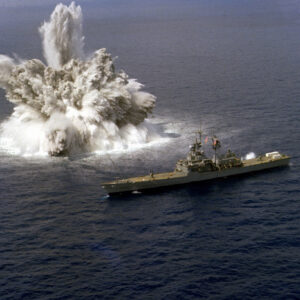 USS Arkansas (CGN-41)
USS Arkansas (CGN-41)
USS Arkansas (Civil War)
USS Arkansas (M-7)
aka: USS Ozark (BM-7)
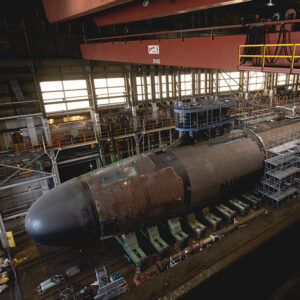 USS Arkansas (SSN-800)
USS Arkansas (SSN-800)
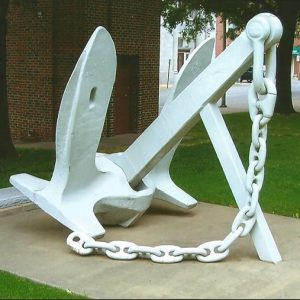 USS Arkansas Anchor
USS Arkansas Anchor
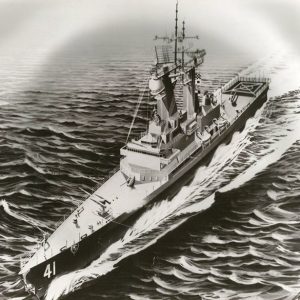 USS Arkansas Drawing
USS Arkansas Drawing
 USS Arkansas Menu
USS Arkansas Menu




